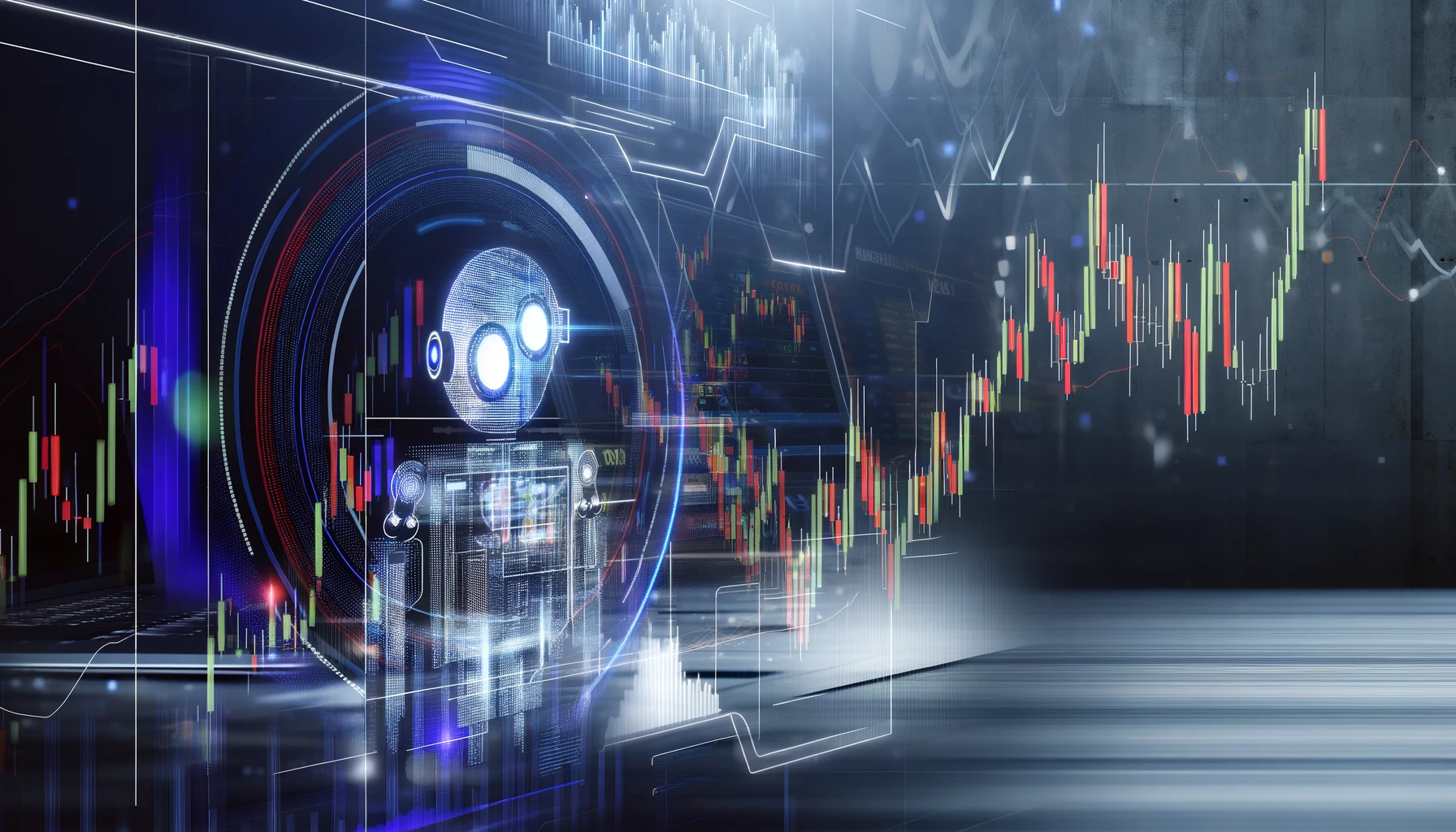Automated forex trading has revolutionized the way traders engage with the forex market. By utilizing trading robots, also known as expert advisors (EAs), traders can execute trades automatically based on pre-defined criteria. While automated forex trading offers numerous benefits, it also comes with inherent risks. This article explores the advantages and disadvantages of using trading robots and provides insights into how to leverage them effectively.
What is Automated Forex Trading?
Automated forex trading involves using computer algorithms to trade forex pairs based on pre-set rules and strategies. These algorithms, or trading robots, analyze market conditions, identify trading opportunities, and execute trades without human intervention. Traders can either develop their own algorithms or purchase ready-made robots.
Benefits of Automated Forex Trading
1. Eliminates Emotional Bias
One of the significant advantages of automated forex trading is the elimination of emotional bias. Human emotions, such as fear and greed, can lead to poor trading decisions. Trading robots operate based on logic and pre-defined rules, ensuring consistency and discipline.
- Example: A trading robot will stick to the strategy without second-guessing decisions during market volatility.
2. Increases Efficiency and Speed
Trading robots can analyze vast amounts of data and execute trades much faster than humans. This speed and efficiency can be crucial in capturing market opportunities that may only last for a brief moment.
- Example: A robot can scan multiple currency pairs simultaneously and execute trades within milliseconds.
3. Enables Backtesting
Automated trading systems allow traders to backtest their strategies against historical data. This process helps in evaluating the effectiveness of a strategy and making necessary adjustments before deploying it in live trading.
- Example: Traders can backtest a scalping strategy on historical EUR/USD data to assess its performance.
4. Facilitates 24/7 Trading
The forex market operates 24 hours a day, five days a week. Automated trading systems can monitor the market and execute trades around the clock, ensuring that traders do not miss out on potential opportunities.
- Example: A trading robot can execute trades during the Asian session while the trader is asleep.
5. Enhances Diversification
Using trading robots, traders can diversify their trading strategies and portfolios. Robots can manage multiple strategies and currency pairs simultaneously, reducing the risk associated with relying on a single strategy.
- Example: A trader can use different robots for trend following, scalping, and swing trading across various currency pairs.
Risks of Automated Forex Trading
1. Technical Failures
Automated trading systems rely on technology, and technical failures can occur. Internet outages, server crashes, or software bugs can disrupt trading and lead to significant losses.
- Example: A server crash during a critical market movement can prevent a robot from executing a stop-loss order.
2. Over-Optimization
Over-optimization, or curve fitting, occurs when a trading strategy is excessively fine-tuned to fit historical data. While the strategy may perform well in backtesting, it may fail in live trading due to changing market conditions.
- Example: A robot optimized for specific market conditions in the past may underperform during unexpected market volatility.
3. Lack of Human Oversight
While trading robots can operate independently, the lack of human oversight can be risky. Market conditions can change rapidly, and robots may not adapt quickly enough without human intervention.
- Example: A robot may continue executing trades based on outdated signals during a major geopolitical event.
4. High Initial Costs
Developing or purchasing an effective trading robot can be expensive. Additionally, ongoing costs such as data feeds, server hosting, and software updates can add to the expenses.
- Example: High-quality robots from reputable developers can cost hundreds or thousands of dollars.
5. Security Risks
Automated trading systems can be vulnerable to hacking and cyber-attacks. Ensuring the security of trading algorithms and sensitive data is crucial.
- Example: A hacker gaining access to a trading robot can manipulate trades and cause financial losses.
Best Practices for Using Trading Robots
1. Choose Reliable Robots
Select trading robots from reputable developers with proven track records. Research and read reviews to ensure the robot’s credibility and performance.
- Example: Platforms like MetaTrader Market offer a wide range of expert advisors with user reviews.
2. Monitor Performance
Regularly monitor the performance of trading robots and make necessary adjustments. Do not rely solely on automation; maintain human oversight.
- Example: Set alerts to notify you of significant trading activity or performance deviations.
3. Use Risk Management Tools
Incorporate risk management tools such as stop-loss orders and position sizing into your trading strategy. Ensure that your robots adhere to these risk management rules.
- Example: Configure your robot to limit the risk per trade to a certain percentage of your account balance.
4. Test in a Demo Account
Before deploying a trading robot in a live account, test it in a demo account. This allows you to evaluate its performance in real-time market conditions without risking real money.
- Example: Use a demo account provided by your broker to test the robot’s functionality and profitability.
5. Stay Informed
Keep up to date with market news and events that could impact your trading strategies. While robots operate based on algorithms, understanding market conditions is essential.
- Example: Follow economic calendars and news sources like Investing.com for updates on market-moving events.
Conclusion
Automated forex trading offers numerous benefits, including eliminating emotional bias, increasing efficiency, and enabling 24/7 trading. However, it also comes with risks such as technical failures, over-optimization, and high initial costs. By following best practices and maintaining human oversight, traders can leverage the advantages of trading robots while mitigating potential drawbacks.


